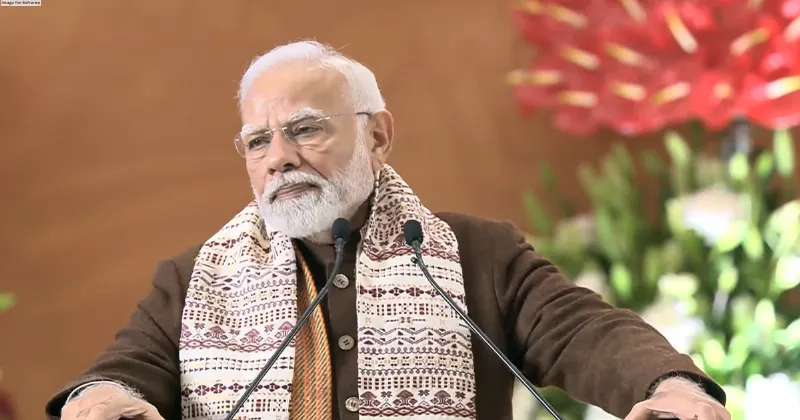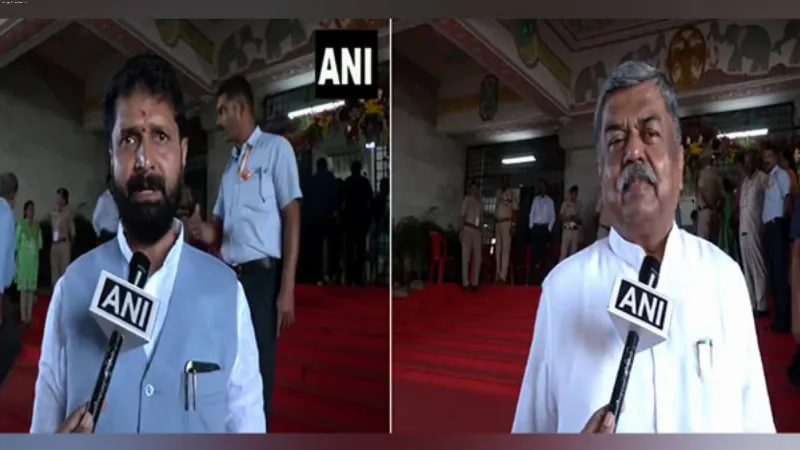Latest News
How Relevant Are Environmental Summits?

Every year a large number of environmental summits are being held to express concern and to find new ways to combat adverse impact of climate change on humanity and biodiversity at large. Unfortunately, even after such intensive and high level discussions and negotiations most of these summits, conclude with utter disappointment with a note of failure. Most of these summits can only boast of only commitments to meet next time for more conclusive discussions. In this series, the most noteworthy is Conference of Parties i.e. COP which is being held every year in some or other nation for the last 29 years. The recent one which concluded in Baku also did not yield desired outcome even though it was expected to reach at some legally binding agreements between the signatory nations. Similarly, Intergovernmental Negotiations on Legally Binding Plastic Treaty has also concluded with a failure note. Continuous series of failures and increasing number of conferences, summits, negotiations etc. on environment related issues raise eyebrows on their relevance and effectiveness in combating climate change
At times, it brings to mind the strategic manoeuvring by the oil and aviation companies in the United States to derail expansion of railway services. These sustained campaigns managed to create a general environment of distrust about surface transport options, particularly the railways. At that time, the oil and aviation sector considered railroads as the most potent threat to their potential market growth. Hence, all possible efforts were made to create apathy amongst citizens towards Railroads like Amtrak services. Similarly, though United States is considered as the most developed country in the world but in terms of mass transport solutions, it stands far behind several countries in Europe and Asia. Here, it may be noted that Amtrak’s carbon dioxide equivalent emissions per passenger were 0.116 kg per km. For comparison, this is similar to a car with two people, and about two thirds of the raw CO2-equivalent emissions of a long-distance domestic flight.
Taking cue from this example the outcome of these environmental summits should also be analysed. The objectives and outcomes must be clearly and dispassionately measured against the expected deliverables. Another big question is their impact on sustainability.
In this context, it is worth mentioning that every environmental summit attracts thousands of people as stakeholders to participate.. In events like COP attendance is recorded as high as 100,000 in Dubai, 50,000 in Baku. Similarly, participants in any environmental summit or negotiation is usually around 2000 as the environment is a favourite subject to express concern towards mother earth.
Even if emissions and expenditure on account of travelling to these summits alone is considered, it is bound to be significant. Long distance aircrafts consume minimum 50 millilitres per person per mile of jet fuel and if aircraft of 182 to 200 passenger load capacity is considered, consumption goes as high as almost 7 times than the bigger widebody aircraft. Each litre of jet fuel emits almost 3 kilogram of CO2 which is a greenhouse gas and a major contributor to global warming. Considering average 20,000 participants to COP which has become synonym of Climate Change Tourism, participation is an increasing trend. Participation has increased tremendously over last 5 summits. It can be seen, emissions due to travel alone can be disproportionately higher than saving efforts discussed at the summit.
In terms of money not less than Rs 50,00,00,000 expenditure is only on travel to COP summits. Even if opportunity cost of stakeholders attending these conferences is overlooked, the amount spent on lodging, boarding and travel itself is good enough to correct environmental crisis in many small islands which face a severe climatic existential crisis. Large gatherings like COP also create disruptions into the daily life of local citizens for the period the event is being organised.
Thinking analytically COP for 29 years, Plastic Treaty for 3 years, Ocean and Small Island Conference for over 5 years and likewise many others similar environmental summits have created sensations, negativism and also distrust amongst stakeholders. It has also been noticed that summits are largely governed or ruled by developed and oil producing countries.
Developing, marginal, small island countries which face the maximum impact of climate change and environmental degradation, hardly have any voice on these platforms. Countries like India have spearheaded dialogue on initiatives like loss and damage fund, legal binding to reduce plastic production along with redefining single use plastic within local context.
THE VIEWS EXPRESSED BY THE AUTHOR ARE PERSONAL
Dr Vivek S Agrawal, The writer is specialist on Urban Health and Environment





















